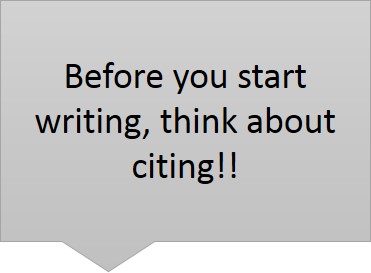The problem
Downloading and saving. Files such as .docx, .pdf, xlsx need to be downloaded. These files are not easily saved to mobile devices and might need to be downloaded every time they are used.Opening to view. Once downloaded the file must be opened with a mobile app. While all computers can now open most file types, this is not yet true with phones and tablets. The student's device may not have the necessary "app."
What you can do
Create a page. Each Learning Management System (LMS) has an easy to use page creation tool. In Blackboard you can create pages with the "item" and the "new blank page" content tool. Rather than attach a file, create a blackboard page that contains the files content.Do you attach your syllabus as a Word file? Your syllabus can be pasted on one of these pages in your LMS. Do you have a reference table in Excel that you attach within your course? Create a page in your LMS and paste it either as a table or an image.
Links to the Web. Do you attach .pdfs of articles you want your students to read? Ask your librarian if she can give you a "permalink" to an online source for the article. By adding a link to the article the student may be able to read the article online. Linking to the source also ensures that you are not violating "fair use" by distributing copies of copyrighted works.
Interactive files. What if you want students to fill out information in your word document or excel file? You might consider sharing Google word processing documents and sheets with students and linking them to your course. Google documents can be manipulated online with free mobile apps.
Printing. One reason for attaching a file is that it can be printed and set on students desk for frequent reference. Mobile users are not only less likely to work at a specific desk, they are unlikely to have or use a printer.
Some attachments are unavoidable. Most can be replaced by pages containing the content or links to files that can be used in a browser or free mobile app. With more and more online students relying on mobile devices (at least some of the time), let's take steps to make our course content mobile friendly.
















